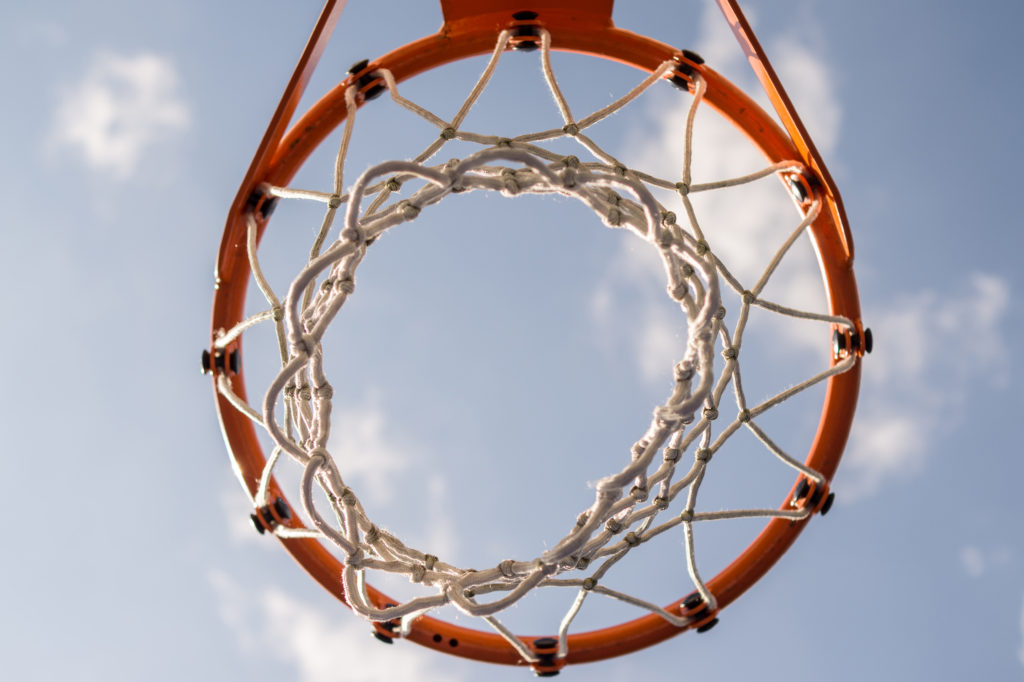
NCAA March Madness 2021. Skitter Photo/StockSnap
By Karl Evers-Hillstrom, Center for Responsive Politics | March 18, 2021
Only one college takes home the trophy in March Madness, but the entire higher education industry was a big winner in Democrats’ stimulus package.
The American Rescue Plan provides nearly $40 billion in aid to colleges and universities, more than either of the two previous stimulus bills. That massive influx of funding is a lifeline to colleges, which have lost key sources of revenue with students leaving campus or postponing their first year of school due to the pandemic.
Schools are expected to use that money to pay for infrastructure to keep students safe, such as COVID-19 tests and masks. The legislation also stipulates that at least 50 percent of the money colleges receive must help students with emergency financial aid.
The American Council on Education, the top lobbying group for colleges and universities, applauded the bill’s passage. The group shelled out more than $741,000 on lobbying in 2020, an organization record, and nearly double its 2019 total. Lobbying figures for the first quarter of 2021 will be released in mid-April.
“While this amount falls short of our most recent estimate of at least $97 billion in student and institutional needs, it still represents the largest federal effort so far to assist students and families struggling to cope with lost jobs or reduced wages and colleges and universities facing precipitous declines in revenues and soaring new expenses,” American Council on Education President Ted Mitchell said in a statement.
While the higher education industry leans on its advocacy groups for sway in Washington, most big schools also directly lobby Congress themselves. Hundreds of schools shelled out big money on lobbying in 2020, including teams competing in the NCAA Men’s Basketball tournament. Every year, OpenSecrets compiles lobbying spending by every team’s school for the prestigious K Street Classic.
The University of Florida may only have a 0.2 percent chance of winning the tournament according to FiveThirtyEight, but it took home the top spot in the K Street Classic with roughly $739,000 in lobbying spending, its highest yearly total to date.
Want first access to OpenSecrets’ investigations and data features? Learn about Article Alert.
The No. 5 seeded University of Colorado fell just short in the championship matchup, having spent around $708,000 on lobbying in 2020. No. 1 University of Illinois ($480,000) and No. 6 University of Southern California ($500,000) round out the Final Four.
The University of North Carolina, an annual powerhouse in the real tournament and in Washington, spent $600,000 but was taken down by the eventual champion in the Elite Eight.
Universities that dominate March Madness don’t always do well in the K Street Classic. Tournament favorite Gonzaga hasn’t lobbied at all at the federal level since 2015. Villanova spent just $70,000, losing in the second round to Purdue ($430,000).
The larger education industry spent about $80 million on lobbying in 2020. While individuals working in the higher education field increased their political donations to unprecedented levels in the 2020 election to boost Democrats, the industry’s lobbying spending has declined since its peak in 2010.
Part of that change comes from a dip in lobbying from smaller schools. Inside Higher Ed found that the number of higher education institutions hiring lobbyists dropped from 683 to 396 over the last decade. That trend could change with Democrats bringing back earmarks, which could incentivize institutions to hire lobbyists in search of new funding.
Dan Auble and Hector Rivera contributed to this report.

